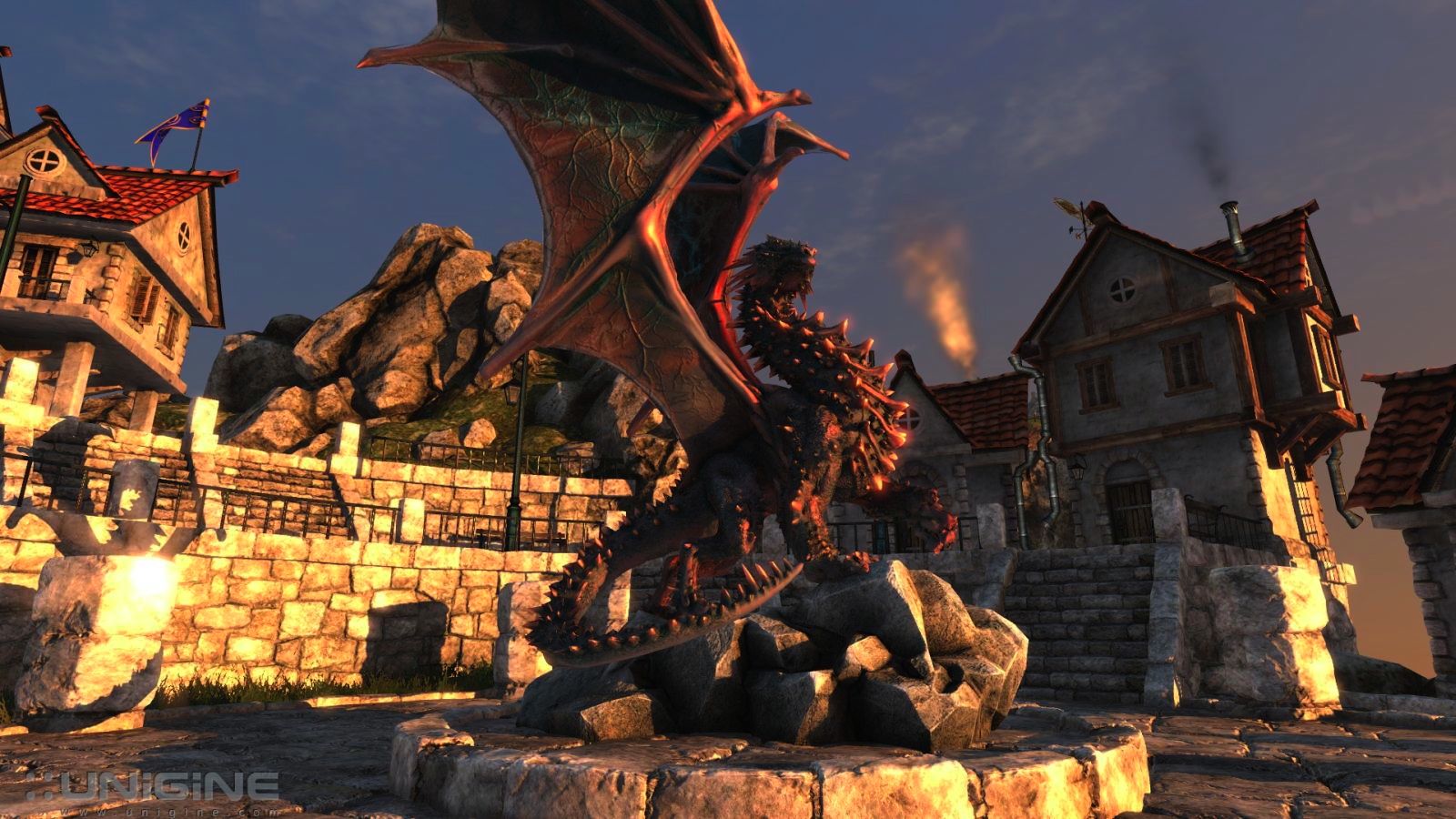Haswell to compete with next-gen consoles

Intel's next generation processor will coincide with the releases of the next generation of games consoles, but Christos Georgioupoulos believes they're going to have something competitive both in terms of performance and reach.
We had a chance to sit down with the Vice President of Intel's Software Group, and General Manager of its Developer Relations Division, to talk about just what Intel does in terms of the games developers looking to develop for the PC platform.
We've spoken for years about what the likes of Nvidia and AMD do with the games devs, in terms of embedding engineers and coders at the offices of games devs to ensure they're utilising their graphics hardware to the fullest. But we've never really had a chance to talk about what Intel does to encourage the full use of their hardware.
"We will actually give them some of the hardware," says Christos. "A lot of those developers we are interested in we provide them with software development vehicles (SDVs) that are either pre-release hardware we create ourselves or, through our partner program, some of their latest hardware."
Not everyone will get the special treatment though, but he goes on to explain "we will give it to them either at cost, or sometimes, depending on how much we want to entice them, or how interesting that particular game is, or how interested we are in that particular style of development, we provide it for free."
And some developers already have their hands on the Haswell hardware right now. Intel has just finished doing the rounds at the developers with the Ivy Bridge silicon and is now transitioning that over to the new hardware.
Because of this early start with the new PC hardware Intel is hoping to hit the developers as they focus on the next generation of games consoles. The Haswell CPU is not just going to be simple processor with the sort of integrated graphics to run a few casual games ¨C the GT3E SKU of the integrated graphics will find its way into the gaming laptops of next year, and wont necessarily need to be paired up with a discrete graphics card. "GT3E is our even more capable integrated graphics," says Christos.
Sign up for breaking news, reviews, opinion, top tech deals, and more.
The GT3E version is going to be based on the same silicon as the more standard GT3 processor graphics, so it will have the same number of shaders/execution units, but the 'E' will denote a higher operating frequency.
And that, Intel hopes, is going to give the next generation of consoles a run for their money. "The consoles right now are going to be refreshed at the end of 2013, we think we're going to have something competitive in terms of, hopefully, performance, capabilities and even as a volume platform for gamers."
"We're hoping we're going to have some unique titles and we're hoping we're going to get some broader adoption."